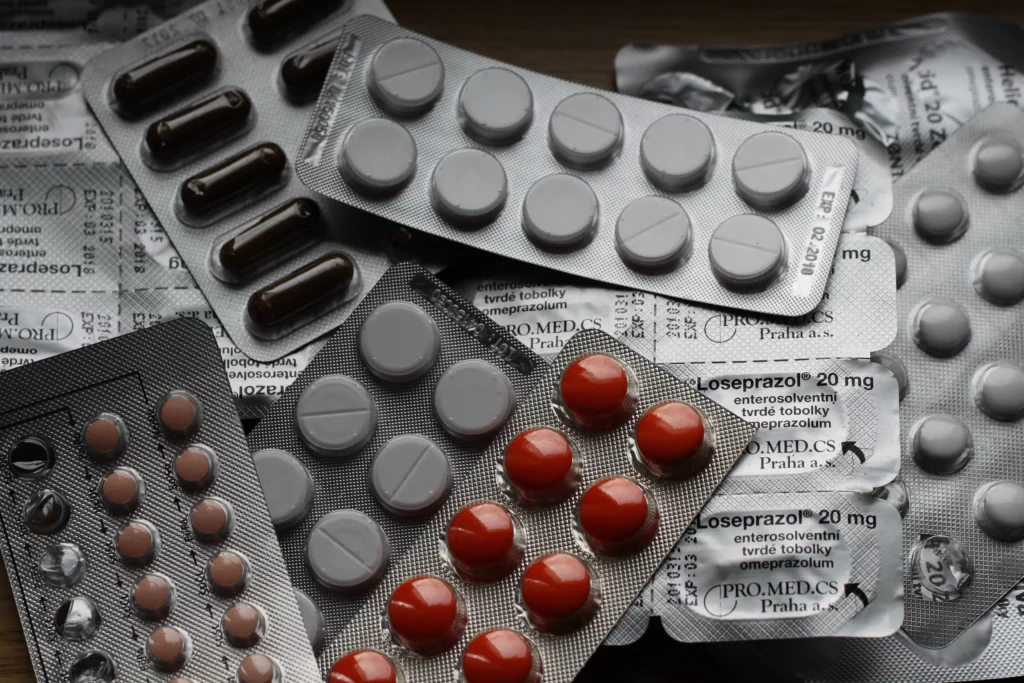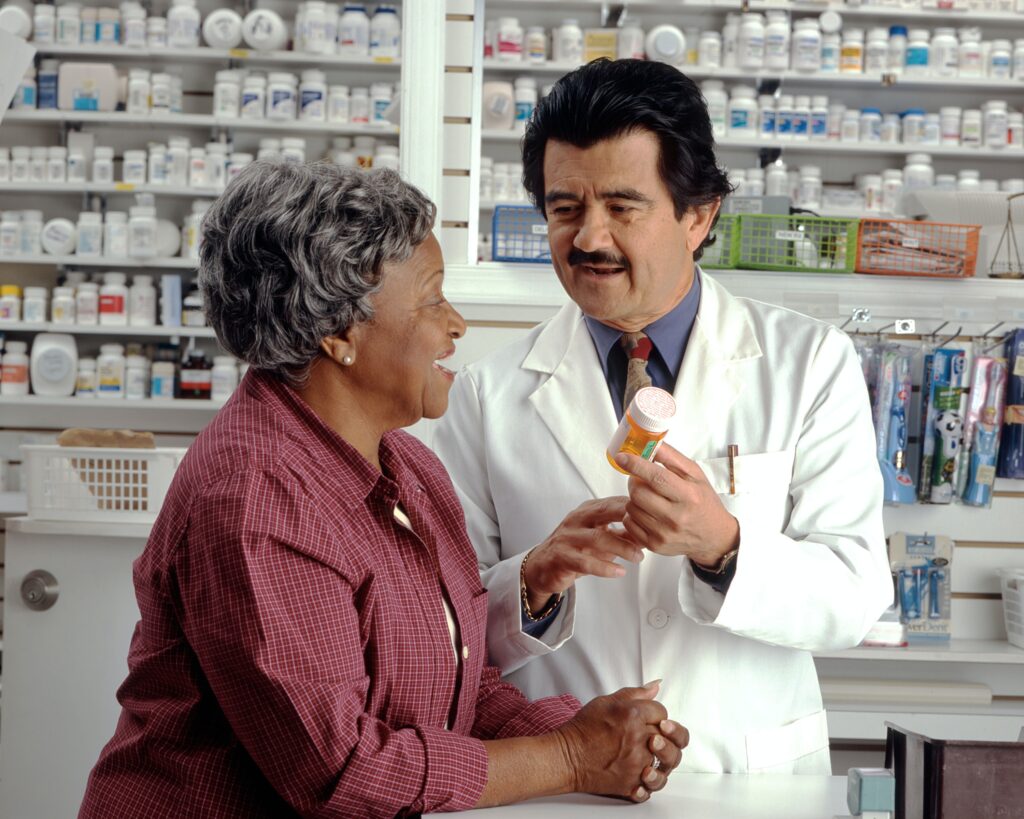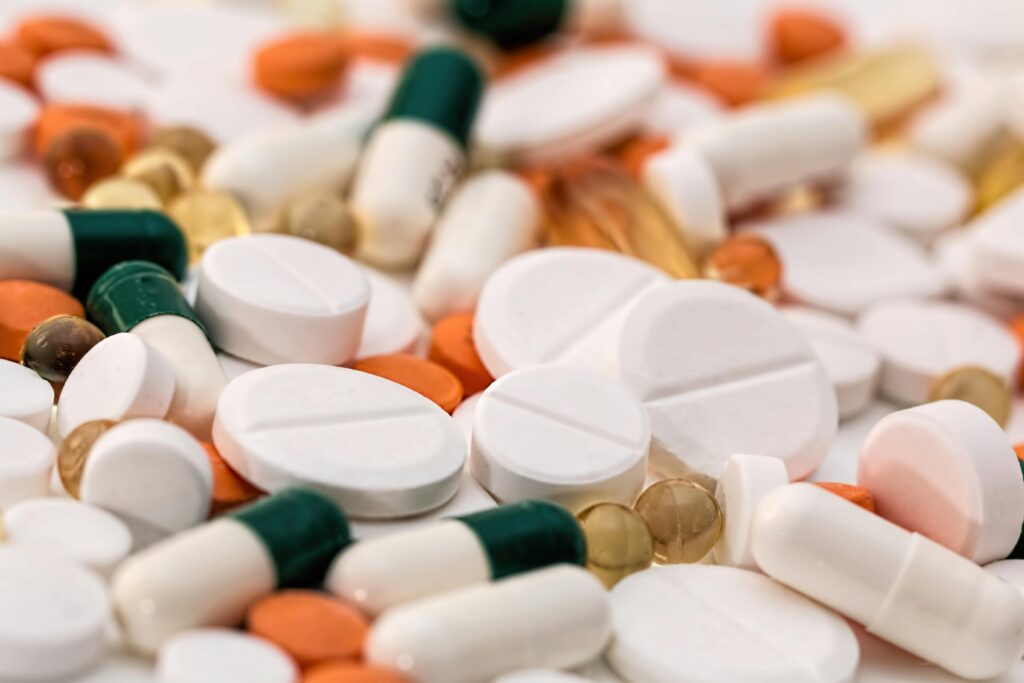In the global pharmaceutical industry, accurate and precise pharmaceutical labeling translations play a crucial role in ensuring patient safety and promoting patient-centricity. When pharmaceutical companies distribute their products overseas, they must adhere to diverse labeling requirements across different markets. Failure to comply with these requirements can lead to denied entry into foreign markets or, worse, pose risks to the end-users.
In this article, we’ll explore, the specifics of pharmaceutical labeling translations, the types of labeling that require translation, the typical translation workflow, and the importance of precise translations for patient-centricity. Additionally, we discuss the risks of relying only on machine translation (MT) and why it is essential to hire professional pharmaceutical labeling translation solutions to ensure accuracy and compliance.
Contents:
What are the specifics of Pharmaceutical Labeling Translations?
Medical products are legally required to provide visible information that enables their safe and efficient use. Such information must appear in what is known as pharmaceutical packaging, which usually includes labeling and a package leaflet. Pharmaceutical labeling translations encompass various types of labels that require translation into the target language. These include brand labels, grade labels, descriptive labels, and informative labels.
- Brand labels are displayed on the product’s packaging and serve to identify the brand easily.
- Grade labels indicate the product’s quality or grade using letters, words, or figures.
- Descriptive labels provide general information about the product’s features, usage instructions, and handling guidelines.
- Informative labels offer in-depth details such as manufacturing and expiration dates, producer information, and additional usage instructions.
What information needs pharmaceutical labeling translations?
Many products require pharmaceutical labeling translations when exported to foreign markets. Pharmaceuticals and medical devices are the most common, but foods and beverages, pre-packaged non-food products, and cosmetics also require labeling. Each product category may have specific labeling requirements that must be met for compliance and effective communication with end-users.
Information that must be included in a pharmaceutical label includes, among others:
- Pharmaceutical’s name and its official description
- Product name in braille
- Its main purpose and users
- Specific instructions for its administration
- Possible adverse side effects
- Expiration date
- Storage recommendations and requirements

What is a typical pharmaceutical labeling translation workflow?
Translating pharmaceutical labels involves more than a direct word-for-word translation. Turning to machine translation will not cut it either. Several factors must be considered during the translation process to ensure accurate and culturally appropriate labeling. The typical workflow includes the following steps:
- Localization & Cultural Adaptation
Before beginning the translation process, it is important to understand regulations for pharmaceutical labels specific to the regions where the products will be marketed and verify that packaging materials comply with such target-market labeling regulations.
- Terminology Management
Style guides and glossaries are put into place considering the client’s linguistic identity and the specificity of medical and technical terminology.
- TEP: Translation, Editing & Proofreading
The translation process involves three stages—translating, editing, and proofreading. Qualified translators with expertise in the pharmaceutical field and native of the target language perform the translation, which is then reviewed by an editor and a proofreader.
- Desktop Publishing
Graphic design is an essential step in this workflow. In order to prepare compliant and print-ready deliverables, packaging artwork, leaflet pagination and layout, formatting of multilingual text and graphic elements need to be considered.
- Validation of the Translation by the Competent Authority
The national Competent Authority in each target market verifies that labeling complies with requirements and regulatory standards.
- Printing and Application
Translated labels are printed on high-quality, durable materials that meet regulatory requirements. All this, from a patient-centric perspective that ensures easily legible and clearly understandable packaging to the end-user.
Why are precise Pharmaceutical Labeling Translations relevant to patient-centricity?
Accurate pharmaceutical labeling translations are essential for patient-centricity and patient safety. When patients purchase medications, medical devices, or other healthcare products, they rely on the information provided on the labels to understand what they are consuming, how to use the product correctly, and any associated risks. Clear and concise labeling instructions reduce the chances of errors or adverse events resulting from misunderstandings.
Moreover, labeling is an integral part of a company’s product marketing strategy, as it contributes to brand awareness and customer attraction through recognizable elements. By ensuring precise translations, pharmaceutical companies demonstrate their commitment to patient-centric communication and foster trust among diverse patient populations.
Are you seeking to improve the quality of your pharmaceutical labeling translations? We have over 20 years providing comprehensive solutions for the pharmaceutical industry. Let’s discuss your current needs!


